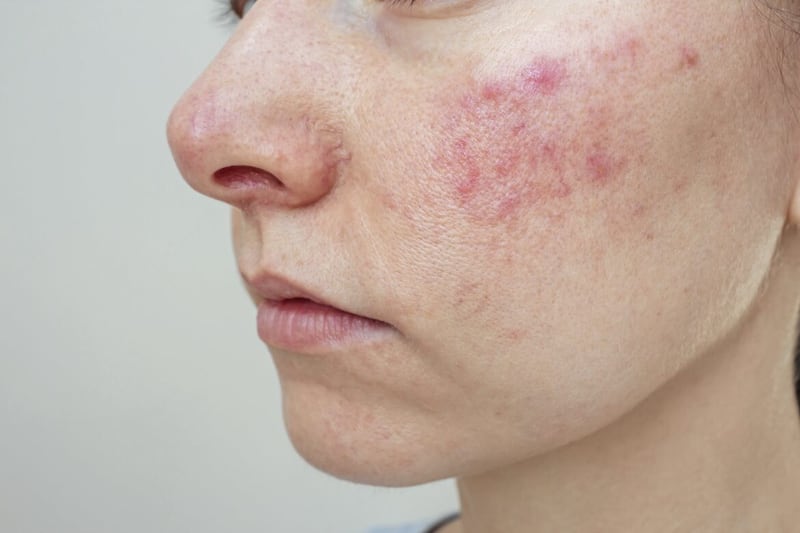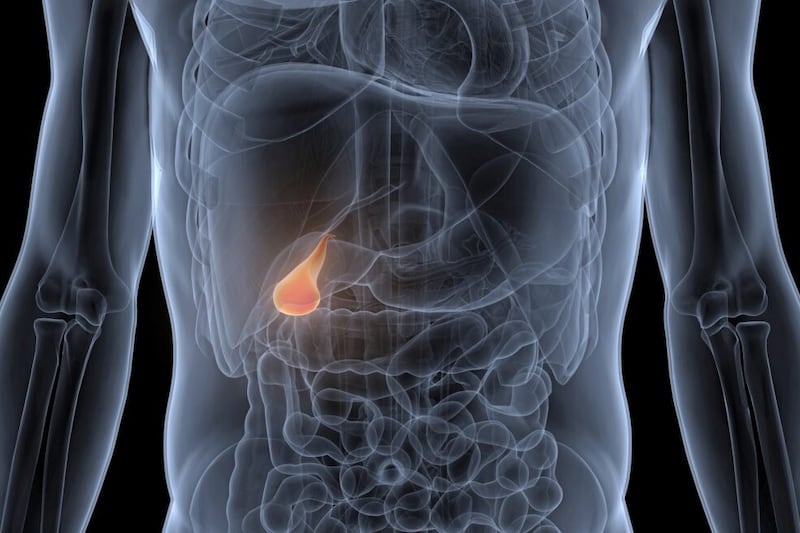Q: MY 66-YEAR-old father has developed insomnia. He has no serious underlying medical problems, but takes ramipril. Could it be stress-related or linked to the ‘manopause’?
SS
A: We all have a strong biological drive to sleep, peaking in childhood and young adulthood. The sleep pattern tends to go off the rails later in life, typically as a result of medical problems or social factors.
The conditions that contribute to insomnia range from lung and heart disorders to urinary ones, but you say your father has no serious underlying health problems.
Menopause is a well-known trigger for insomnia in women. Men also experience changing levels of hormones such as testosterone around the age of 50 (sometimes known as the male menopause or ‘manopause’) and research shows this can mark the start of sleep problems for them, too. However, this would normally kick in from middle age onwards.
Your father is taking ramipril for raised blood pressure. While this is not known to interfere with sleep, stress, which you mention, is a risk factor for chronic insomnia. I wonder if there might be life events which have resulted in his raised blood pressure as well as anxiety or stress.
Insomnia can be triggered by major life changes, such as retirement. Also, taking an afternoon nap may well destroy a previously healthy sleeping pattern as sleeping in the day is almost inevitably counterproductive.
Becoming worried about a lack of sleep may also contribute to the originating anxiety, thereby compounding the problem.
The main treatment for this is cognitive behavioural therapy (CBT), a talking therapy that aims to change behaviour patterns. The therapist will focus on the anxious thoughts, being realistic about what can be achieved, and offer some techniques for relaxation.
Typically, the patient will also be asked to keep a sleep diary to document bedtime and waking times over a few weeks. This will help the therapist point out factors that should be eliminated, such as drinking caffeine in the afternoon. It will also show the patient the progress they’re making, which helps them improve further.
Referral for CBT is something your father must discuss in consultation with his GP.
Q: FOR several years I took a steroid, prednisolone, for polymyalgia. It has left me with extremely thin skin, and the slightest bump causes large inky-black bruises or skin splitting. Is there any treatment?
Name and address supplied.
A: What you describe – skin thinning, or atrophy to give it its medical name – is the inevitable result of long-term treatment with corticosteroids.
This includes prednisolone, used to treat polymyalgia rheumatica (PMR), which you have. PMR causes pain, stiffness and inflammation in the muscles around the shoulders, neck, hips, lower back and thighs.
The atrophy occurs regardless of whether the steroids are in tablet or cream form. The thinning of the skin is similar to the changes that occur naturally with ageing, but almost invariably worse. It results in stretch marks, easy bruising, the loss of subcutaneous fat (the layer under the skin), and a widening of blood vessels that causes threadlike red lines.
The skin may be so paper-like that it tears with minimal pressure. This typically occurs in the least cushioned sites, such as the shins, which you mention in your longer letter, and the forearms.
There is no permanent remedy, but using a moisturiser every morning and evening may help the damaged skin retain some elasticity. Keeping it hydrated also reduces cracking and peeling.
You must cover the sites that are most at risk with clothing, using long socks or tube-shaped bandages for your forearms. If these changes do not help, ask your GP about referral to a dermatologist.
© Solo dmg media








